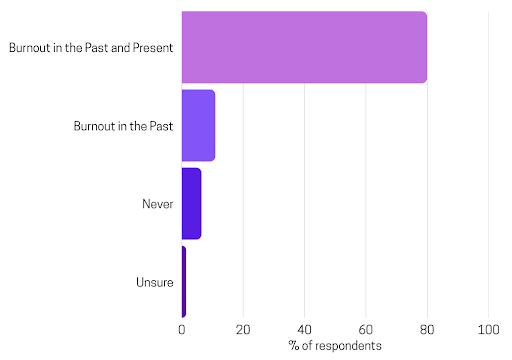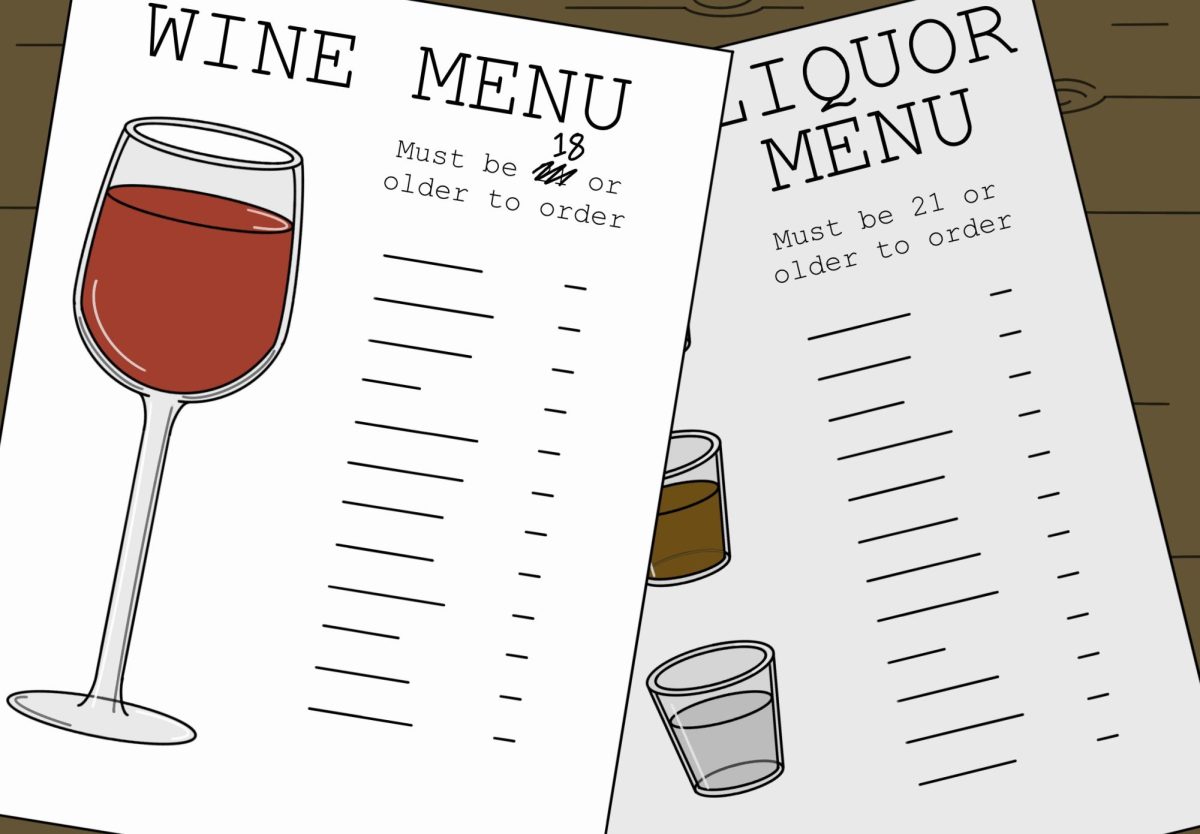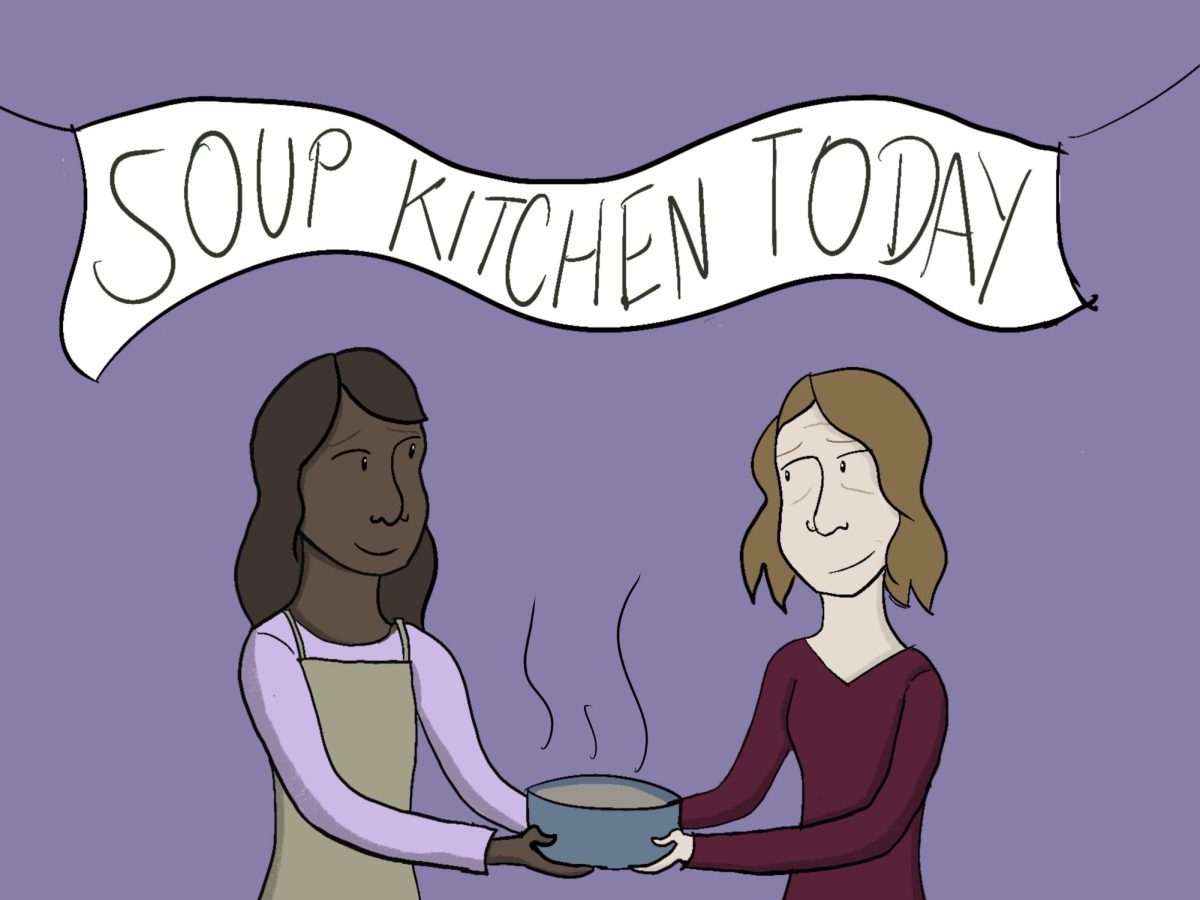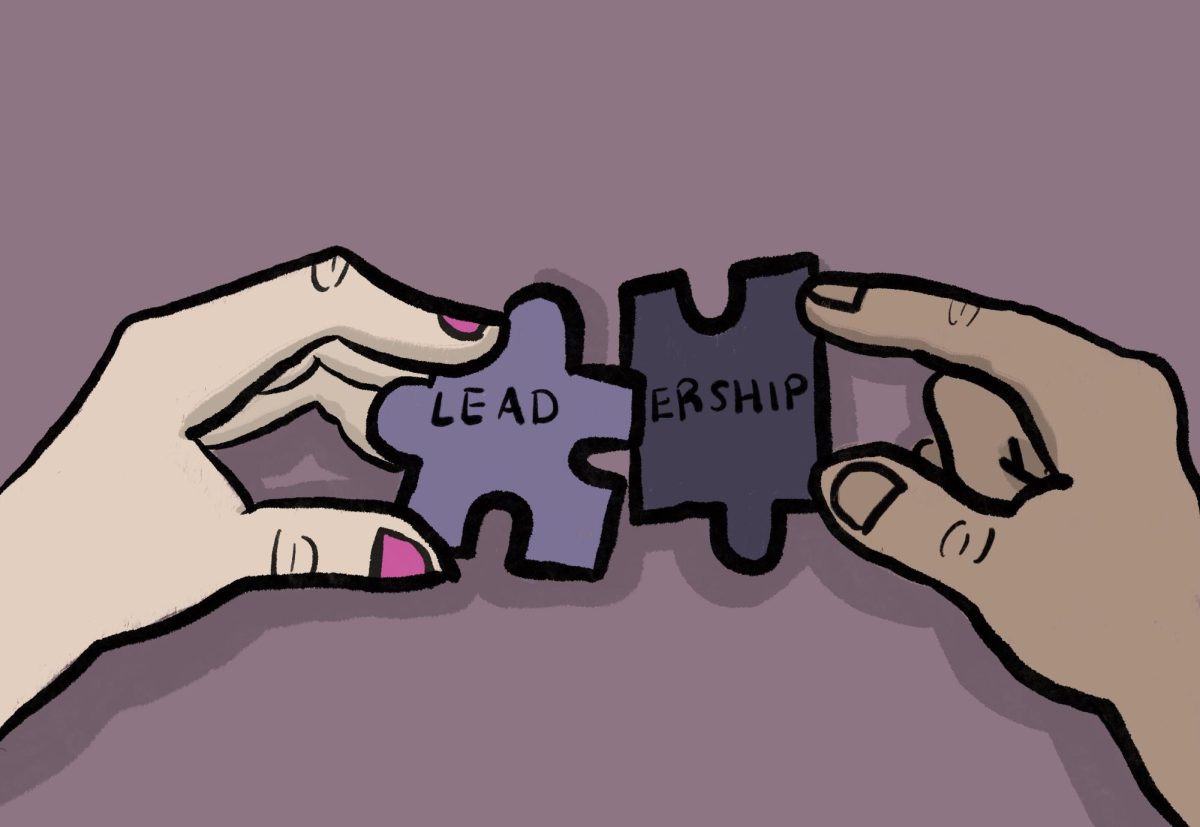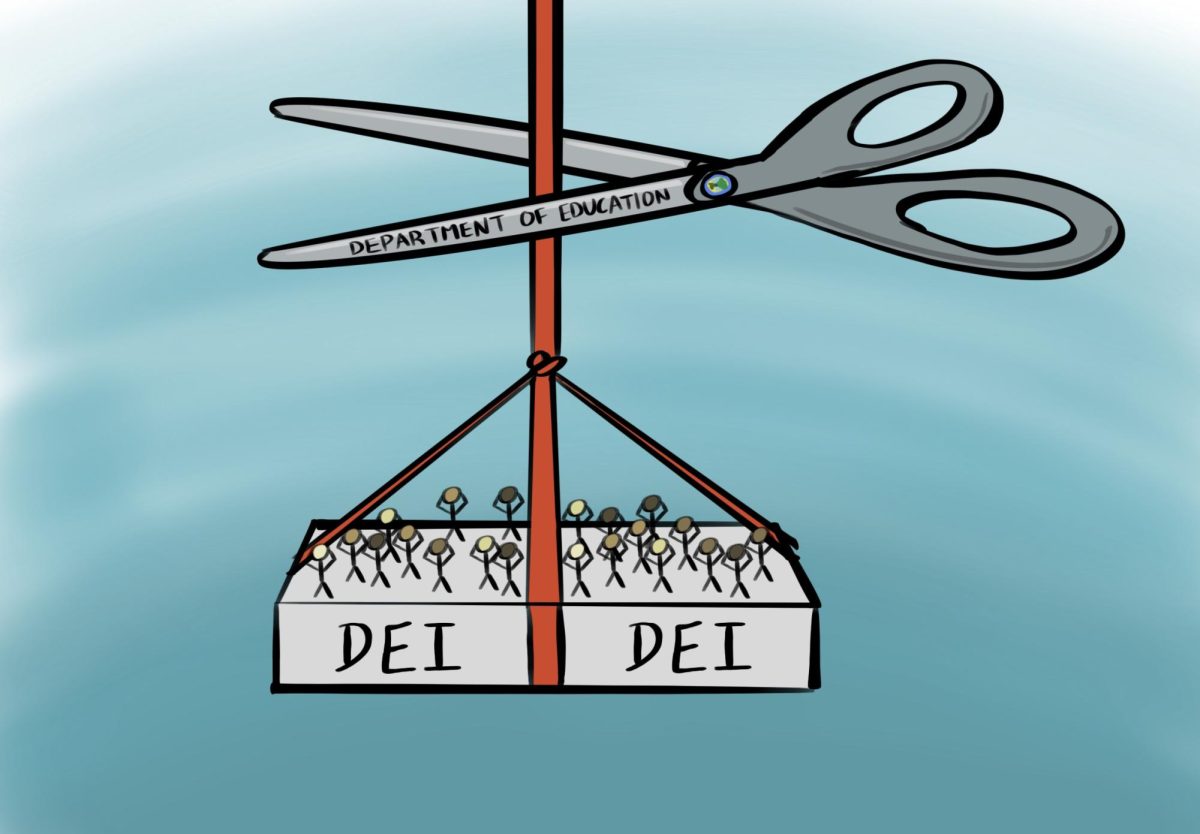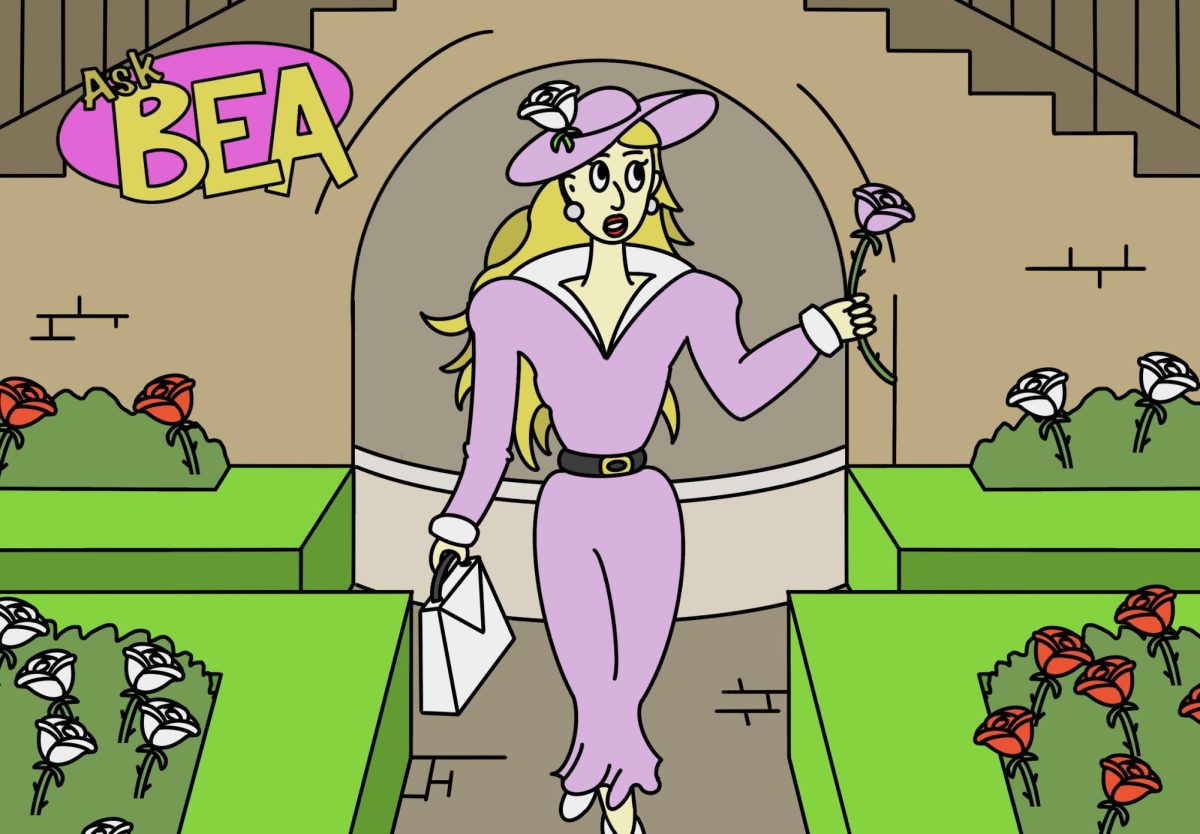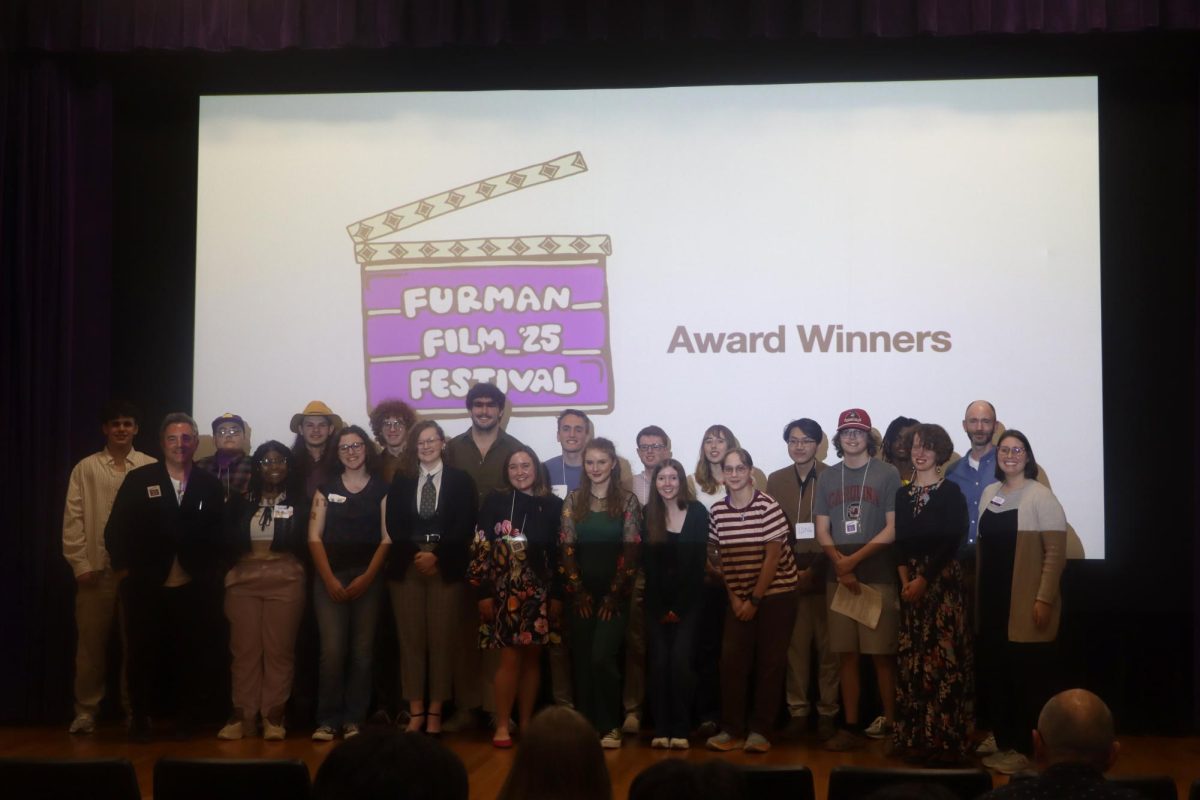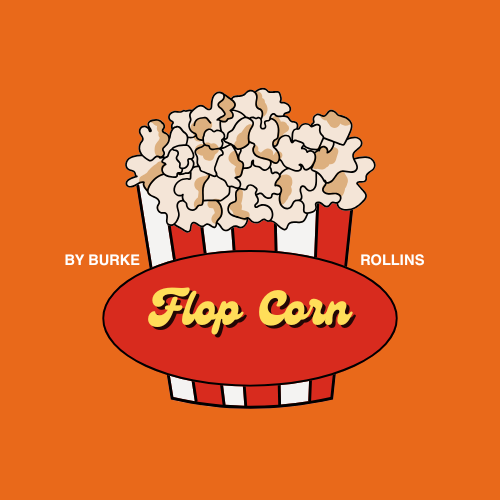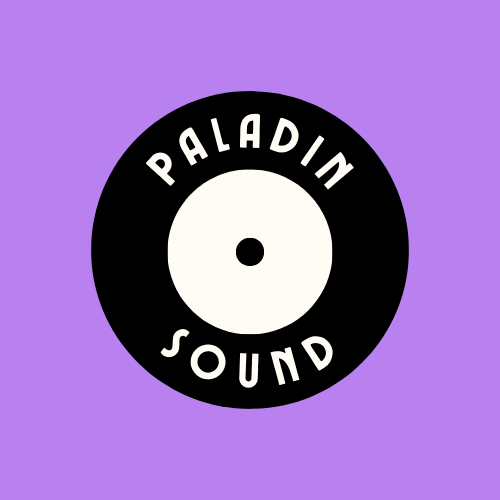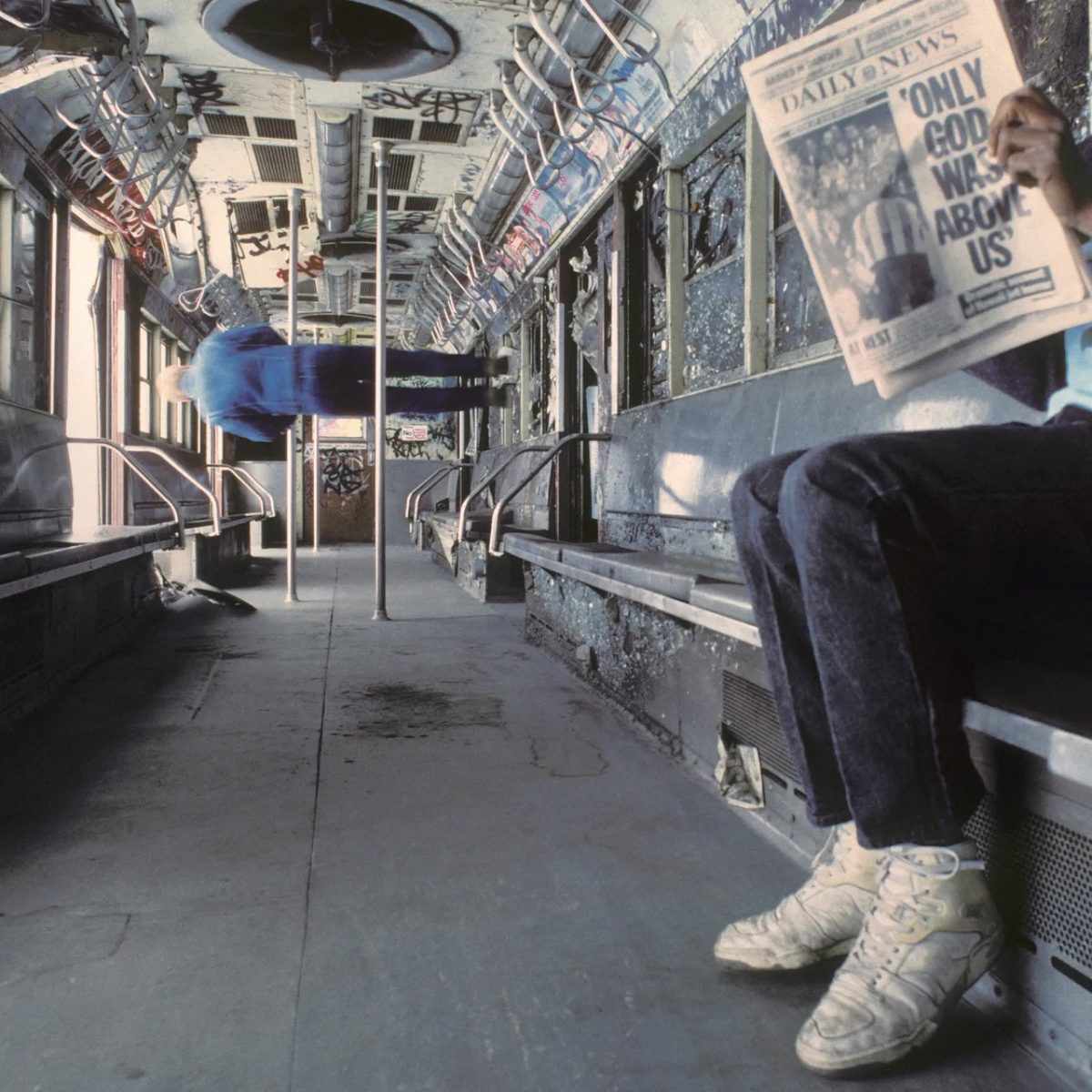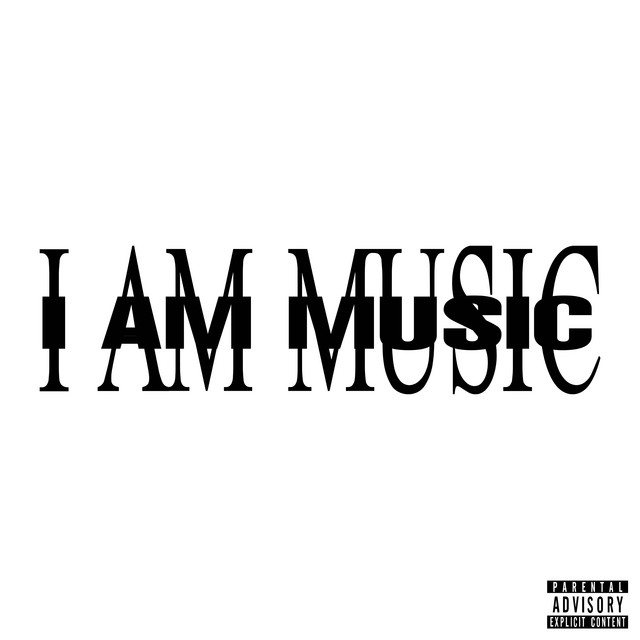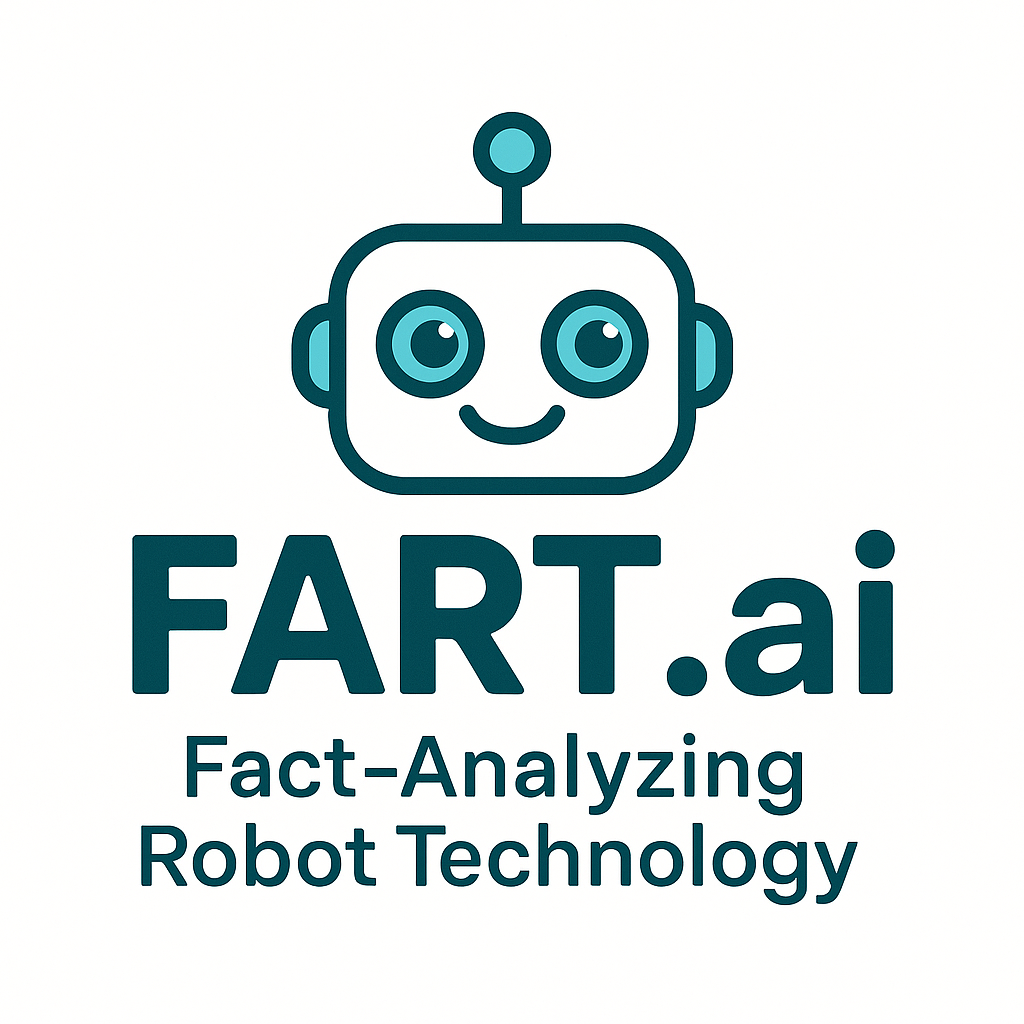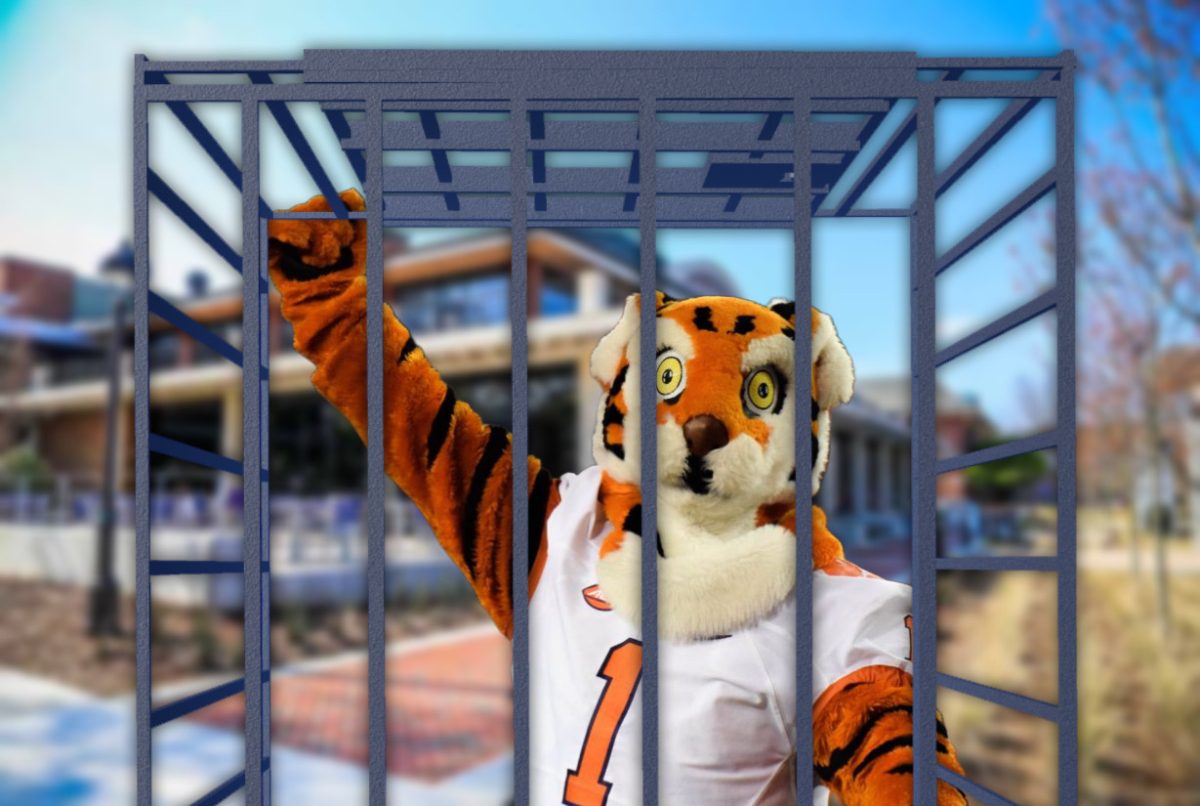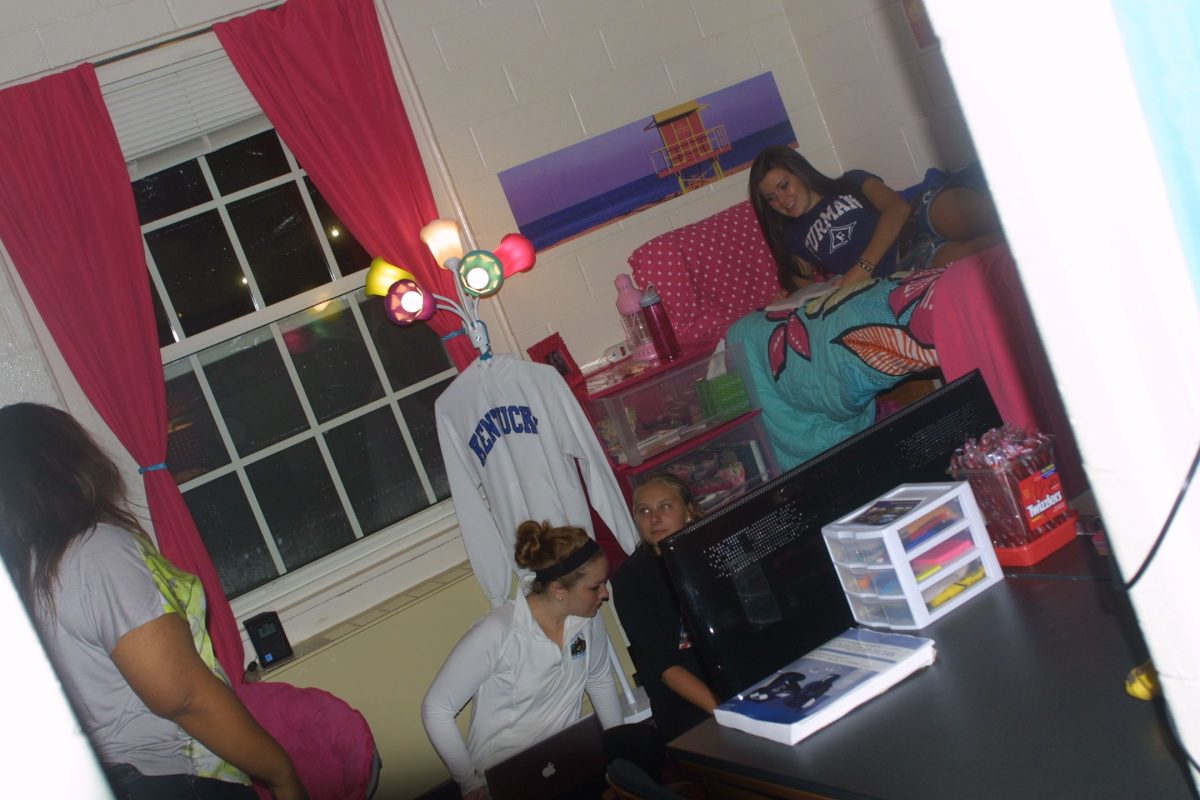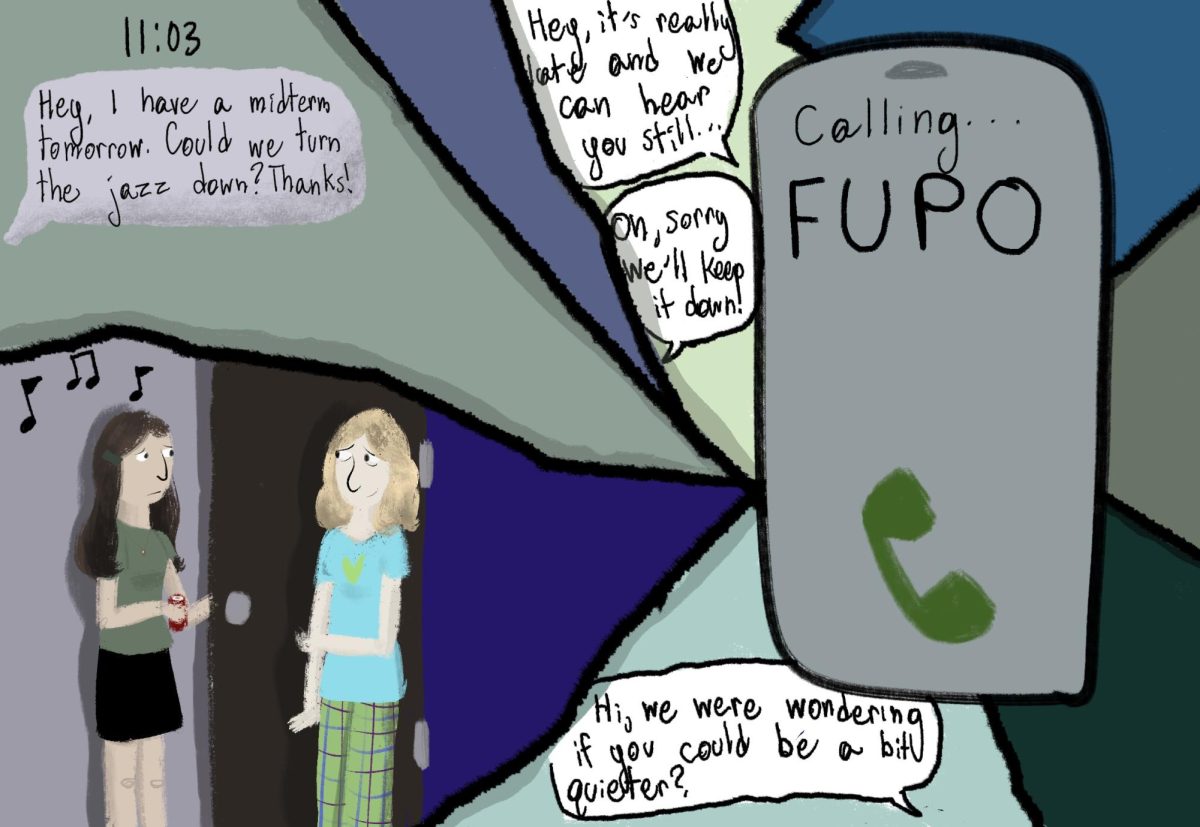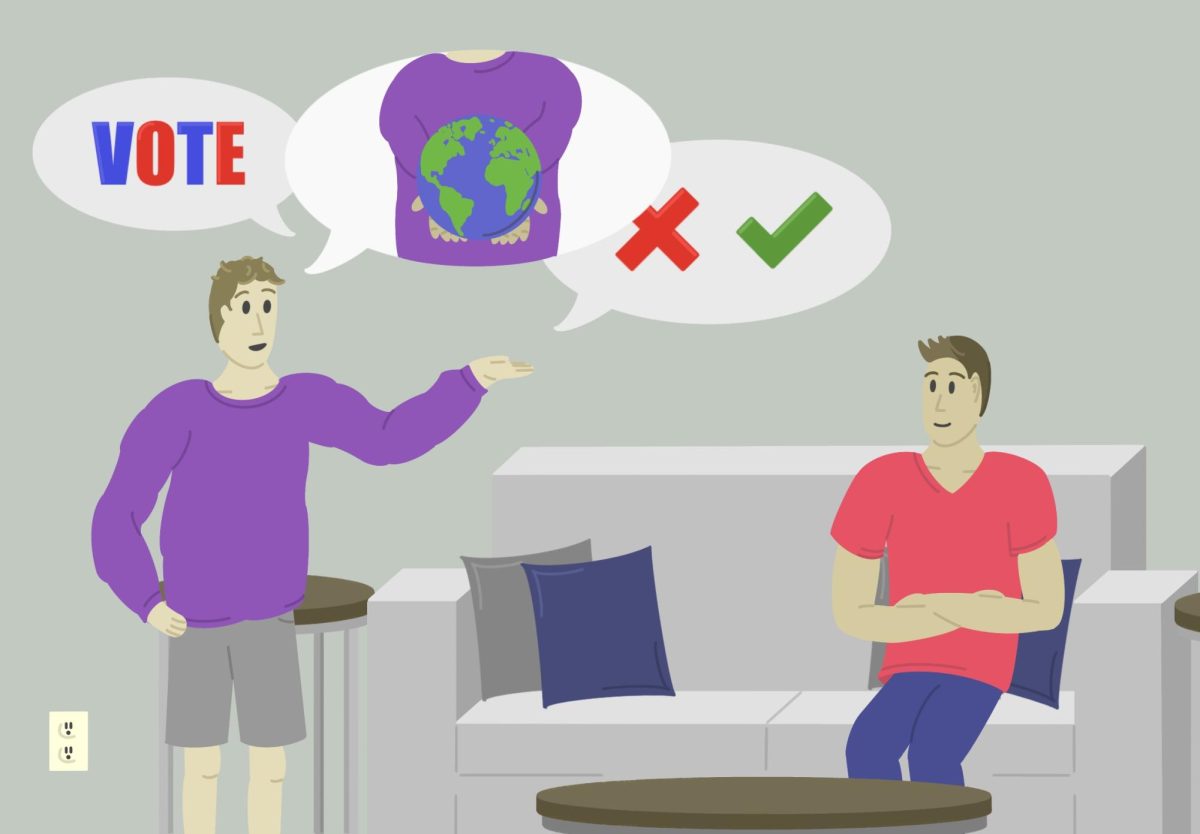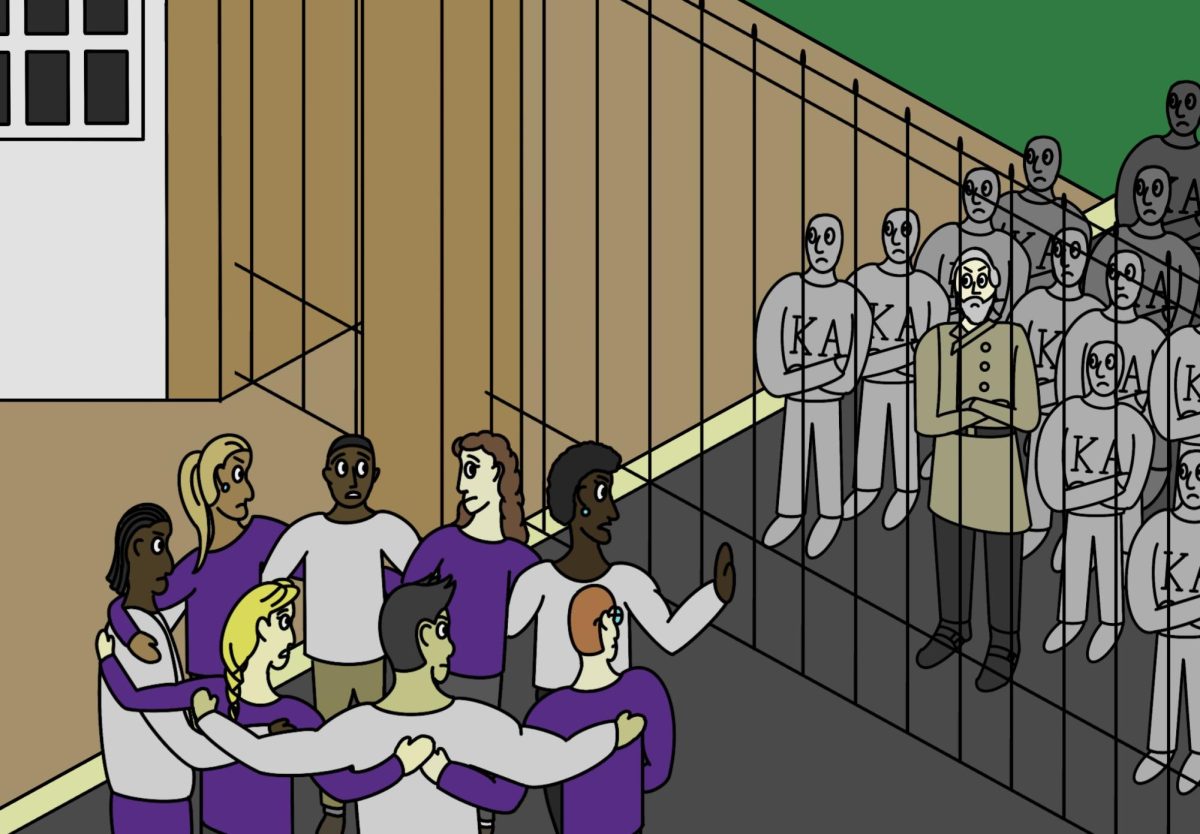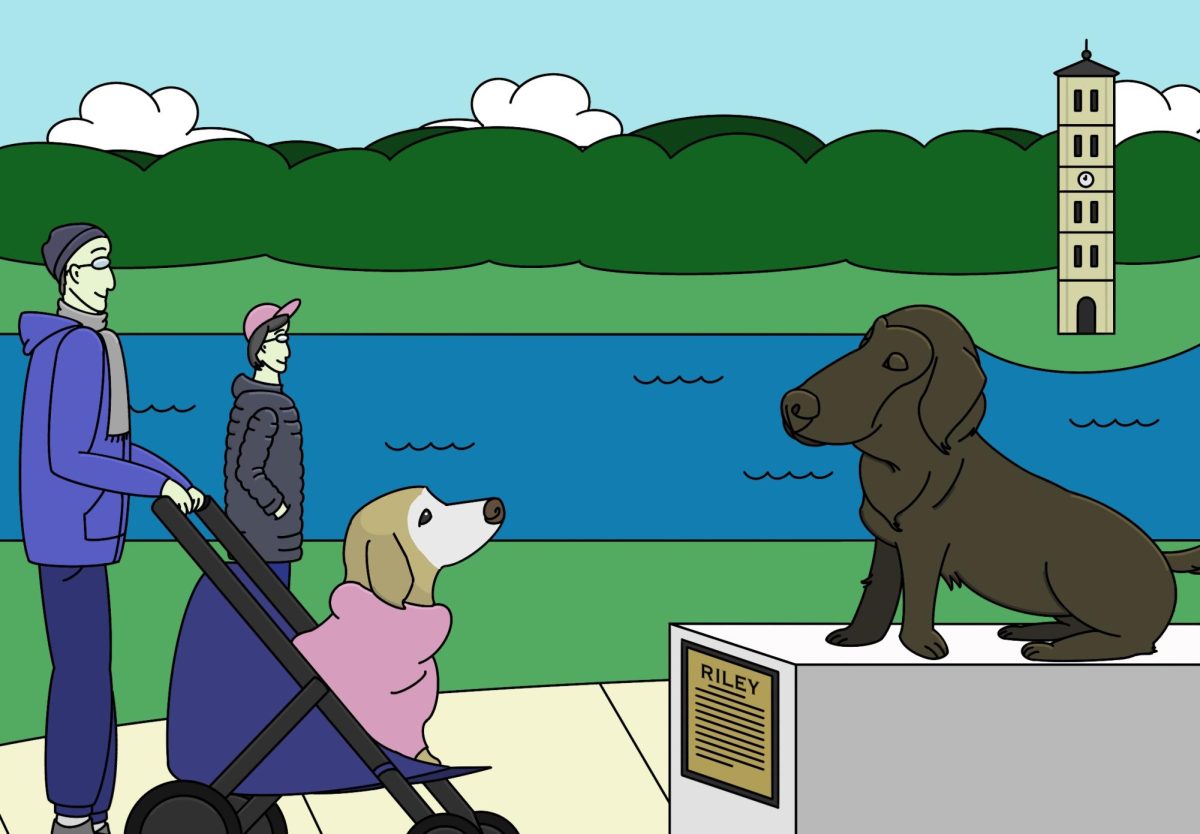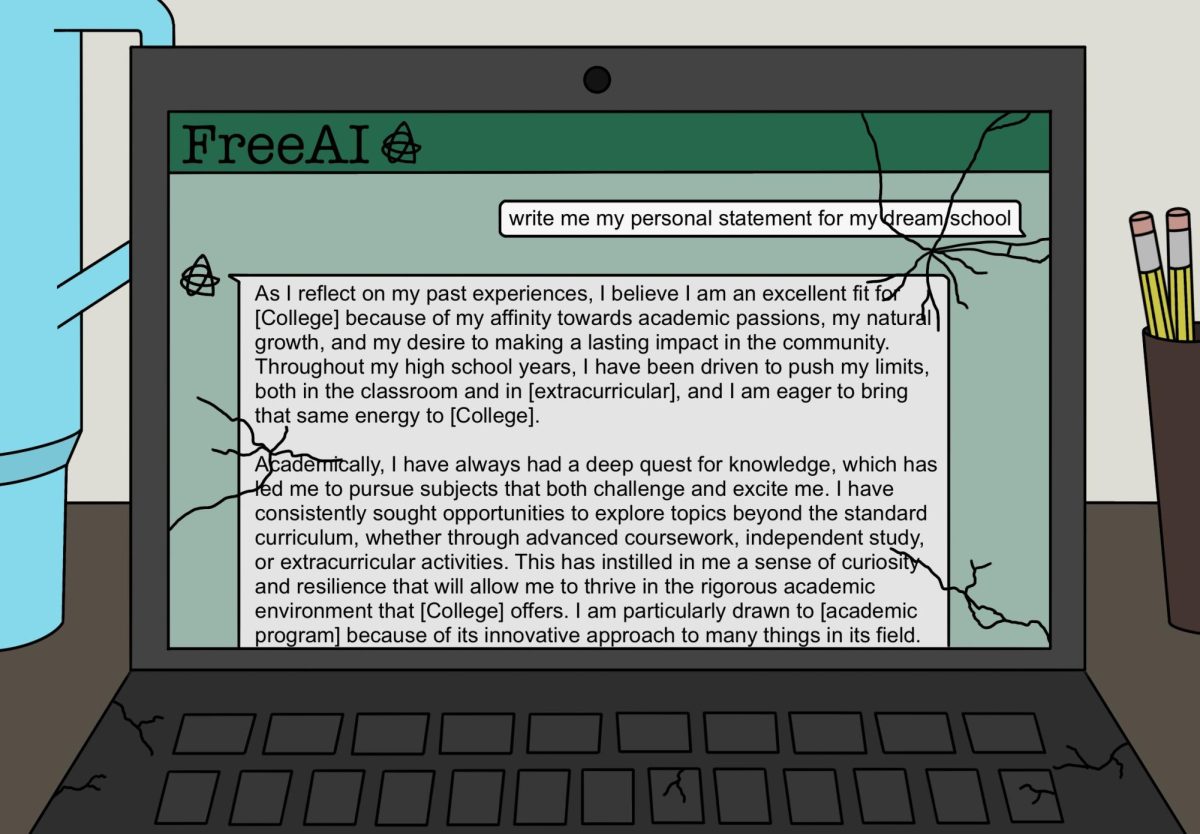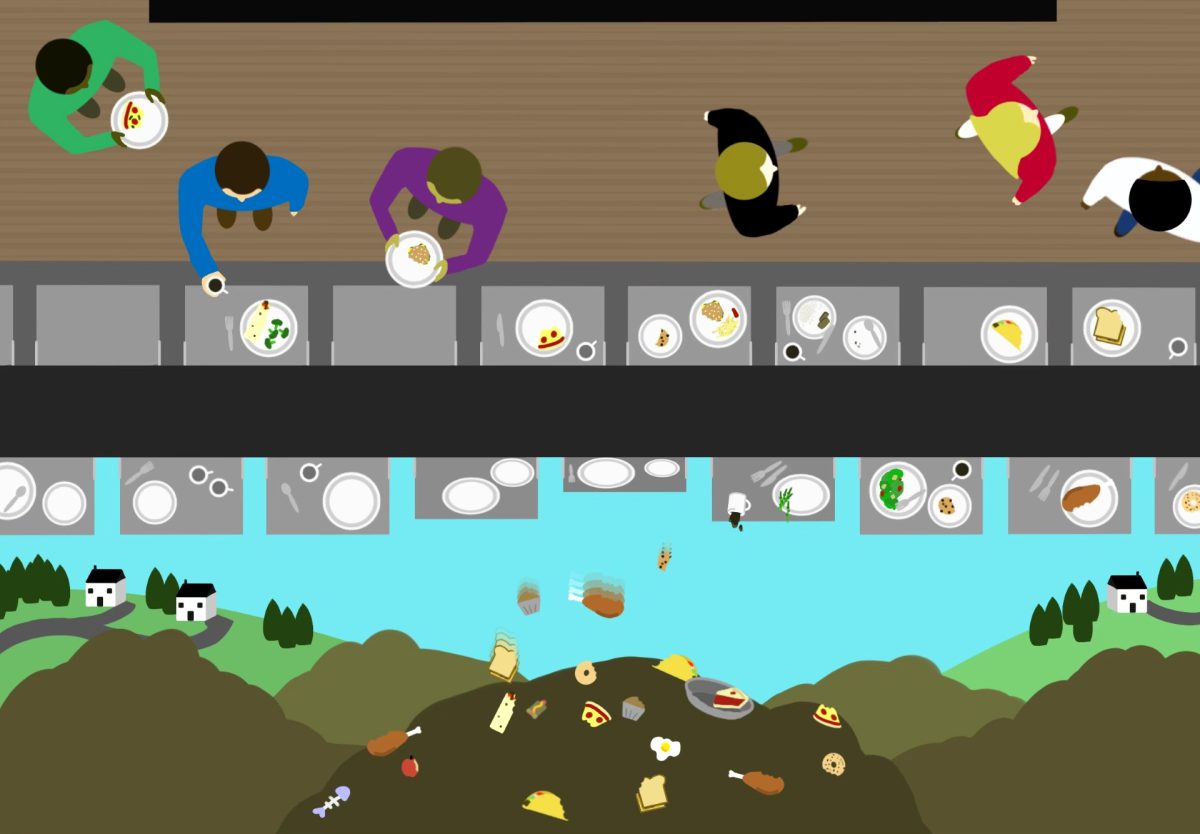The newspaper industry is dying.
The print newspaper industry, to be precise. The New York Times is circulating fewer than a million copies for the first time since the 1980s; overall sales have toppled by 10% within just the past few years. They were already sliding before that.
We can blame the economic recession, yes—after all, it’s the popular thing to do. But there’s much more to it than that.
It comes down to the Internet, the ease of tracking down something online, of taking advantage of the fact that “there’s an app for that.” The Boston Globe has two apps; the New York Times has six. There’s even a separate, free app for the Times crossword, cutting out that significant market of subscribers and casual news-stand-picker-uppers (it’s a technical term) as well.
Cuts in readership aside, the heavier blow to print media is in the decrease in advertising, which has decreased over 30% in the past five years.
(Side note: All statistics in this article are taken from the New York Times which, ironically, I read online.)
Advertising is a personal issue to The Paladin. You may have noticed that this issue is slammed full of ads, as a last ditch effort to make budget for the year. Our whole staff has gone on an advertising blitz, searching for those companies who are still interested in print advertising.
There aren’t many. In the past, we have been able to be selective as to which companies we grant the privilege of advertising with us, selecting from ads which were sent directly to us.
That simply is not the case anymore. Companies have more outlets, like Facebook.
Lose ads, make less money. Cut corners, cut pages. Lose readers. Lose an advertising market. Lose ads. It’s a downhill trend. And it’s not going to stop.
I admit that it’s dying.
So why am I wasting my time as the editor of a print newspaper?
It’s a question I’ve asked myself a lot, and had asked of me more than a few times. So I’ll try to answer it here.
It all comes back to the tangible – to a finished copy in my hands, to the bundles which I pick up from the plant, then distribute to racks all over campus. My car smells like newsprint, especially on days when it rains and the papers are damp.
The Paladin is a whole: it’s stories and pictures and headlines and captions. It’s not broken into pieces based on my Google search. There are eight physical pages.
There are enough people who feel the same way I do about the Times or their own particular small town Gazette to keep the print industry alive for this generation. But will those same people be around in 100 years? I doubt it.
Even our younger siblings, not even a full generation away, have known full Internet accessibility, the power of “the Google,” their whole lives. They do not remember a time before Facebook. The next generation will not remember a time when every house subscribed to a newspaper.
But for the meantime, I keep writing. I pull out the red pen to look over the proofs before they are sent to the press. There is a finality to these copies: once they go through the printers, there are no more edits. No more changes can be made. There are no hyperlinks, no “Click here to hear an .mp3 of the interview”, no constantly updating Twitter feed off to the side.
I see people with The Paladin in the DH talking about the crime briefs or working on the crossword. I can’t tell what they’re reading on their phone – but those physical papers floating around campus make every deadline worth it.


